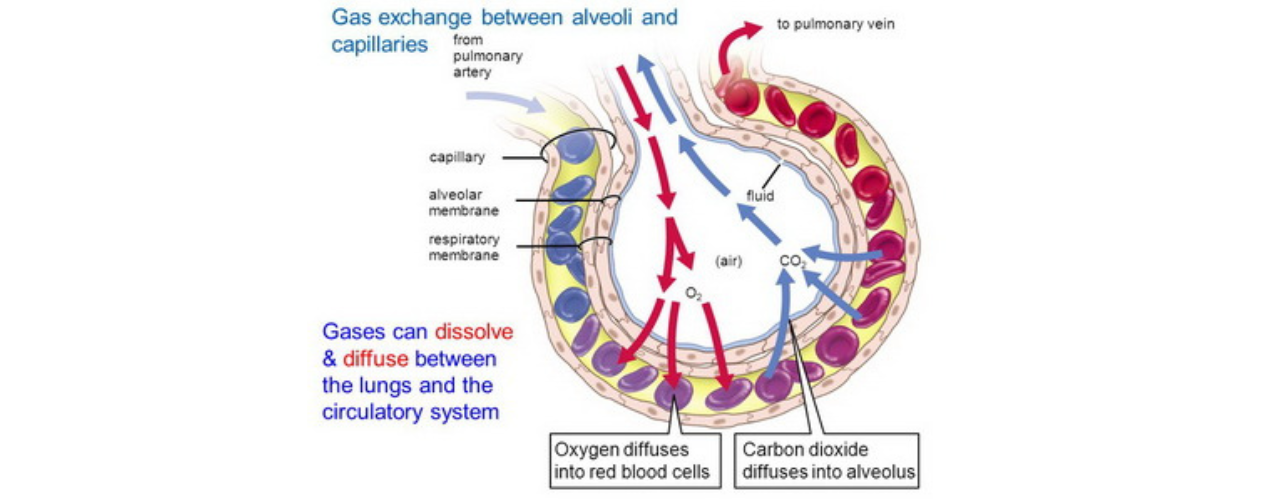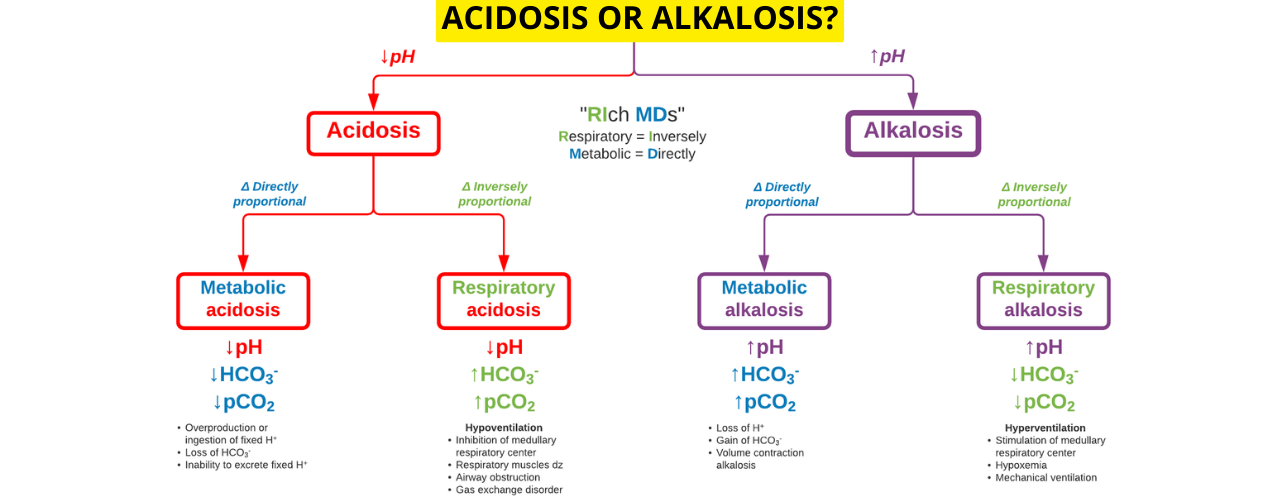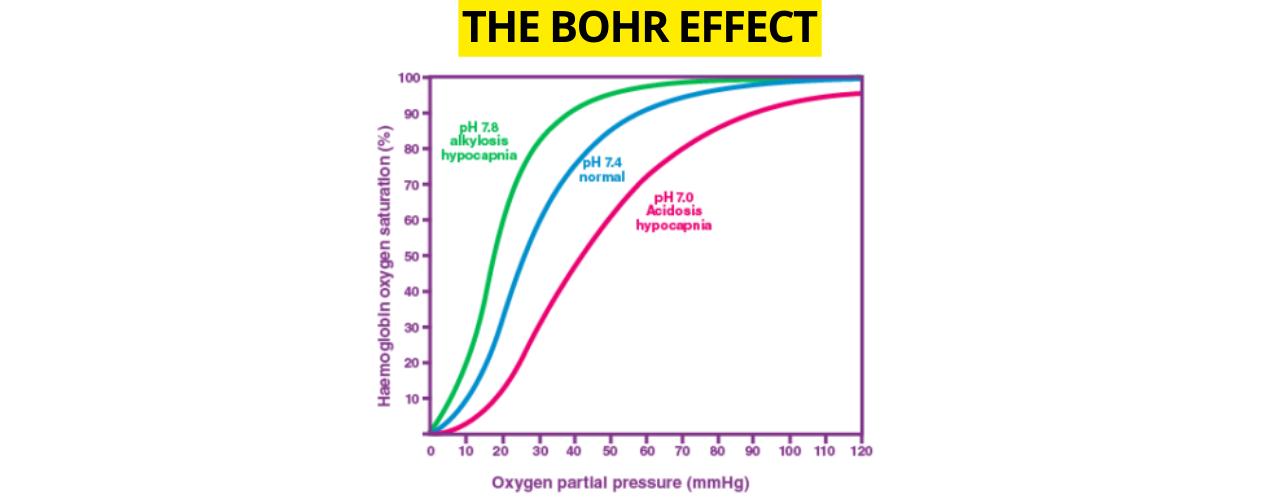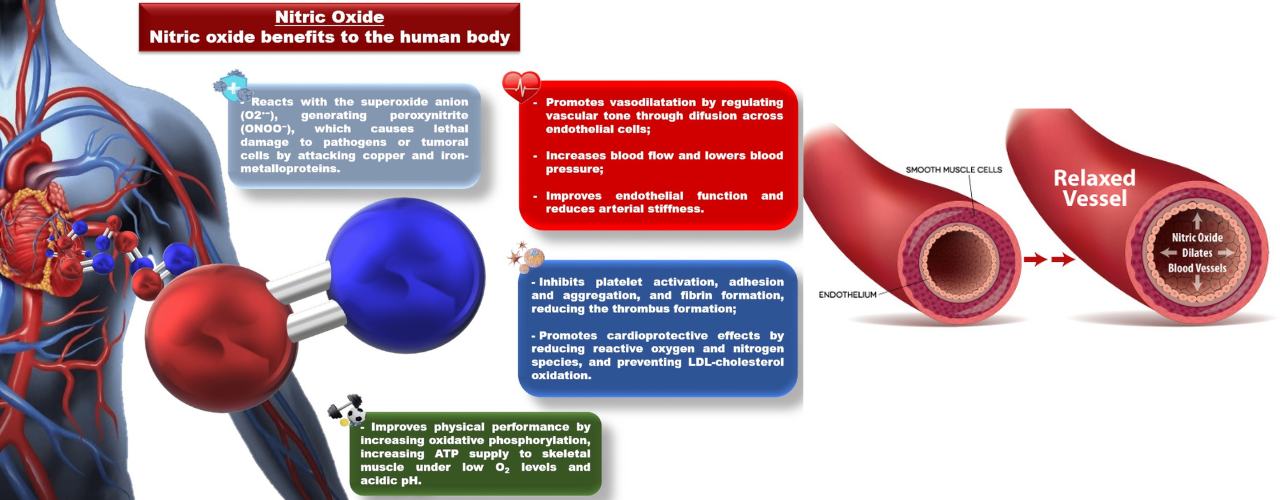The Biochemistry of Breathwork: How Controlled Breathing Impacts Your Body

Breathwork, a collection of intentional breathing practices, has gained recognition for its profound effects on mental, emotional, and physical well-being. Beyond the psychological benefits, breathwork also has a significant impact on your body's biochemistry. Understanding this aspect can shed light on the science behind its effectiveness.
Oxygen and Carbon Dioxide Exchange:

At the core of breathwork lies the exchange of two crucial gases: oxygen (O2) and carbon dioxide (CO2). This exchange occurs within the lungs, where the air you breathe meets the bloodstream. Here's how it works:
Inhalation: When you take a deep breath in during breathwork, oxygen-rich air enters your lungs. In the alveoli (tiny air sacs), oxygen diffuses across a membrane and binds to hemoglobin in red blood cells. This oxygenated blood is then pumped throughout your body.
Exhalation: As you exhale, carbon dioxide, a waste product of metabolism, is expelled from your bloodstream into the lungs and eventually exhaled. This continuous exchange helps maintain the delicate balance of gases in your body.
EFFECTS OF CONTROLLED BREATHING:
Breathwork practices often involve deliberate alterations in your breathing patterns. These changes can have a profound impact on your biochemistry:

1. Acid-Base Balance: Breathwork can influence your body's acid-base (pH) balance. Deep breathing focusing on an active inhale, passive exhale, can make your blood slightly more alkaline. Breath retentions or poor exhaling can result in an increase in CO2 causes an acidic shift due to the hydrogen associated with carbon dioxide.
2. Oxygenation: Deep, diaphragmatic breathing enhances oxygen intake. This increased oxygen availability benefits your cells, boosting energy production and overall vitality.
3. Carbon Dioxide Regulation: Controlled breathing influences CO2 levels. Slow, controlled exhalations help retain more CO2 in your body. This can increase your CO2 tolerance and improve oxygen delivery to tissues.
4. Stress Reduction: Mindful, slow breathing activates the parasympathetic nervous system, reducing the stress response. This decreases the release of stress hormones like cortisol and adrenaline.
5. Immune Function: Controlled breathing may enhance immune function. Stress reduction and improved oxygenation contribute to a healthier immune system.
6. Pain Management: Breathwork can help manage pain. Deep, rhythmic breathing can trigger the release of endorphins, your body's natural painkillers.
7. Emotional Regulation: Breathwork practices often facilitate emotional release and regulation. This can result from the activation of the limbic system, the brain's emotional center.
8. Cognitive Enhancement: Controlled breathing practices, such as box breathing, can enhance cognitive function by increasing blood flow and oxygen delivery to the brain.
THE BOHR EFFECT:

Understanding the Bohr Effect: How Oxygen Delivery Adjusts to Body Needs
As you embark on your journey to explore the intricate world of breathwork and the physiology of respiration, one crucial concept to grasp is the Bohr effect. Named after Danish physiologist Christian Bohr, this phenomenon illuminates how our bodies dynamically adjust oxygen delivery to match the changing demands of different tissues.
The Basics of Oxygen Transport:
Before diving into the Bohr effect, let's review the basics of oxygen transport in the bloodstream. Oxygen is carried through the body by hemoglobin, a protein found in red blood cells. Hemoglobin binds with oxygen in the lungs, forming oxyhemoglobin, which is then transported through the arteries to tissues throughout the body. When oxygen is released from hemoglobin in the tissues, it can be used by cells for energy production and other vital functions.
The Role of Hemoglobin:
Hemoglobin is a remarkable molecule, with the ability to bind and release oxygen in response to changing conditions. The Bohr effect elucidates one such condition: acidity, or more precisely, the pH level of the blood.
The Bohr Effect in Action:
Here's how the Bohr effect works:
- Acidic Environment: In tissues where metabolic activity is high (like active muscles), carbon dioxide (CO2) is produced as a byproduct. CO2 can dissolve in the blood, forming carbonic acid (H2CO3), which lowers the pH, making the blood slightly more acidic.
- Hemoglobin's Response: In an acidic environment, hemoglobin's affinity for oxygen decreases. This means that when hemoglobin encounters tissues with a lower pH (i.e., more acidic), it is more likely to release its bound oxygen molecules, allowing the cells to utilize oxygen for energy production.
- Enhanced Oxygen Unloading: As a result of the Bohr effect, the hemoglobin arriving at actively metabolizing tissues tends to release oxygen more readily. This is precisely what the body needs during times of increased demand, such as exercise or when specific tissues require more oxygen, like muscles in action.
The Respiratory Connection:
The Bohr effect underscores the intimate connection between the respiratory and circulatory systems. When you engage in breathwork practices, you can influence the pH levels in your body. For instance, slow, controlled breathing can help raise blood pH, making it more alkaline. This might induce a more relaxed state.
On the other hand, during intense physical activity, rapid and deep breathing results in increased carbon dioxide levels and a more acidic environment. This, in turn, triggers the Bohr effect, promoting the release of oxygen to meet the heightened demand.
In Conclusion:
The Bohr effect reveals a remarkable facet of human physiology. It reminds us that our bodies are finely tuned to adapt and respond to varying conditions, ensuring that oxygen is delivered where and when it's needed most. Understanding this principle enriches our appreciation of breathwork, exercise physiology, and the incredible intricacies of the human body.
THE POWER OF NITRIC OXIDE:

Nitric oxide (NO), a small gas molecule, plays a vital role in the biochemistry of breathwork. NO is naturally produced in the lining of your blood vessels and airways. When you engage in breathwork, particularly through nasal breathing, you increase NO production. NO acts as a vasodilator, relaxing blood vessels and improving blood flow. It also plays a role in regulating airway tone, helping to dilate airways and improve airflow.
Nitric oxide (NO) is produced and released in the nasal passages by specialized cells known as nasal epithelial cells, specifically the nasal epithelial cells that contain nitric oxide synthase (NOS) enzymes. These cells are primarily located in the lining of the nasal sinuses, particularly the paranasal sinuses.
Here's a more detailed explanation of where NO is produced and how it is released in the nasal passages:
- Nasal Epithelium: The nasal epithelium refers to the lining of the nasal passages. Within this lining, certain cells contain enzymes called nitric oxide synthases (NOS), specifically the neuronal NOS (nNOS) and endothelial NOS (eNOS) isoforms. These enzymes are responsible for catalyzing the production of nitric oxide.
- Nitric Oxide Synthesis: When these specialized cells are exposed to the airflow during nasal breathing, they produce nitric oxide as part of their normal cellular processes. Nitric oxide is synthesized from the amino acid L-arginine in a reaction catalyzed by NOS enzymes. The nitric oxide produced is then released into the nasal passages.
- Release into Nasal Passage: Once nitric oxide is produced within these nasal epithelial cells, it is released directly into the nasal passages. From there, it can diffuse into the inhaled air and enter the respiratory system.
- Biological Functions: Nitric oxide, released in the nasal passages during breathing, plays several important roles. It serves as a vasodilator, helping to relax blood vessels in the lungs and improve blood flow. It also has antimicrobial properties, helping the body defend against airborne pathogens.
It's important to note that the production and release of nitric oxide in the nasal passages are part of the body's natural regulatory processes. Nitric oxide is a signaling molecule with a wide range of physiological effects, and its release during nasal breathing is just one aspect of its function.
Summary:
The biochemistry of breathwork reveals how intentional changes in your breathing patterns can significantly influence your body's chemistry. From enhancing oxygenation to regulating stress and promoting overall well-being, breathwork's effects are grounded in science. By practicing breathwork techniques mindfully and regularly, you can harness the power of controlled breathing to optimize your physical and mental health.
